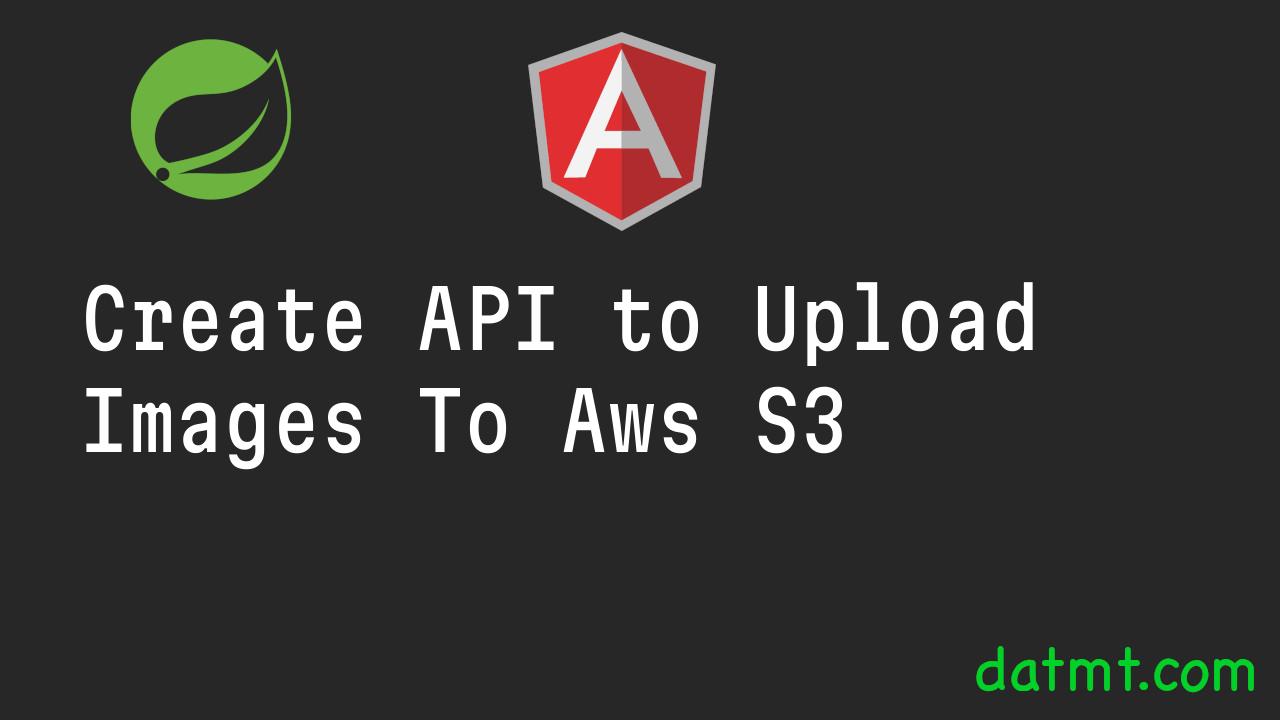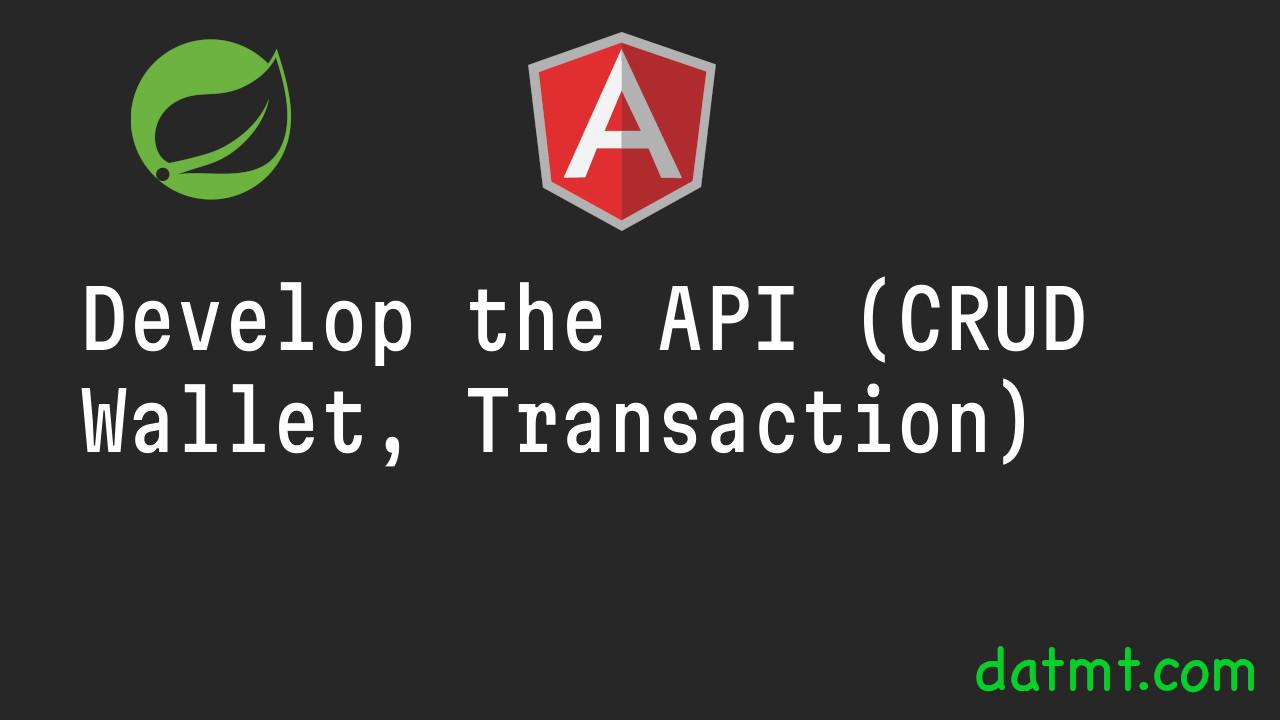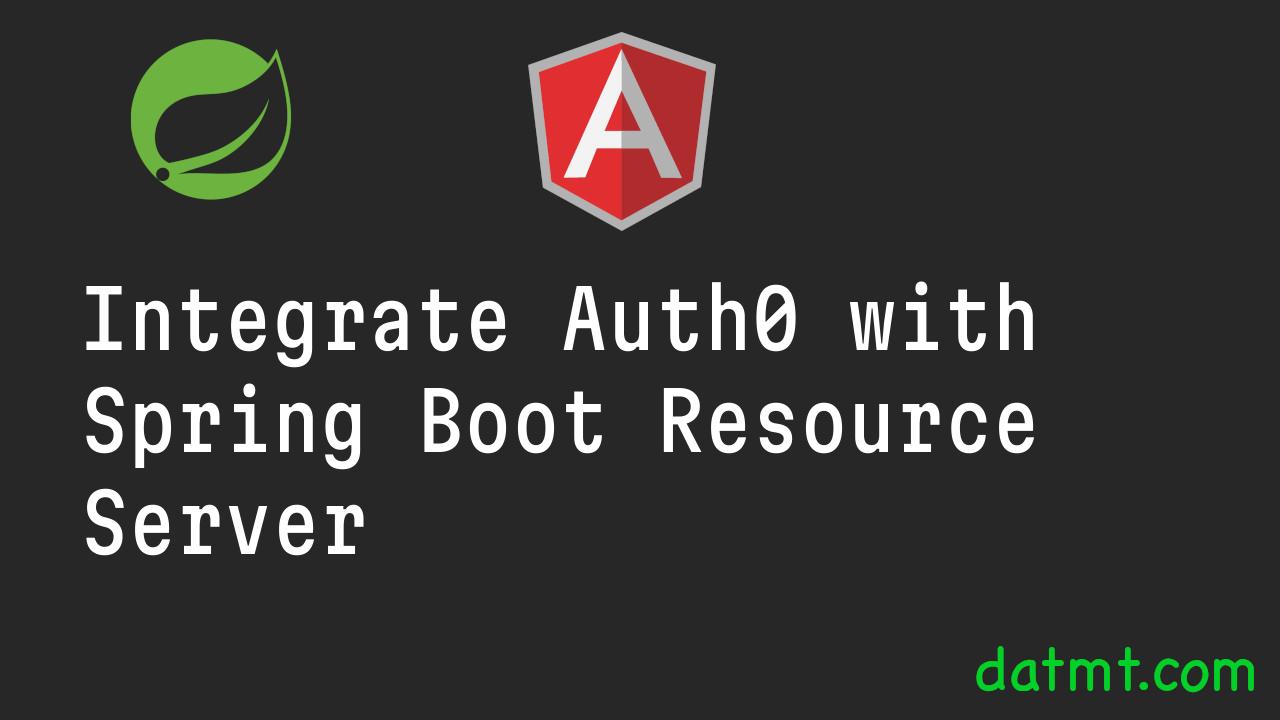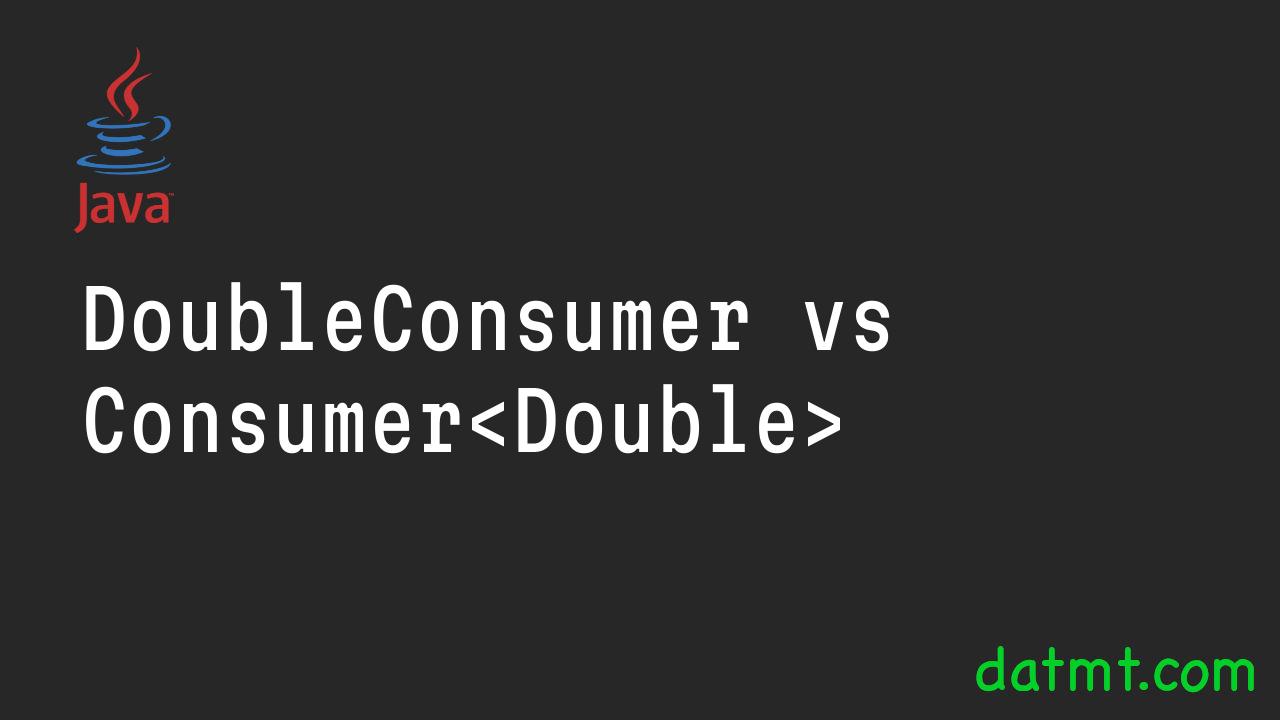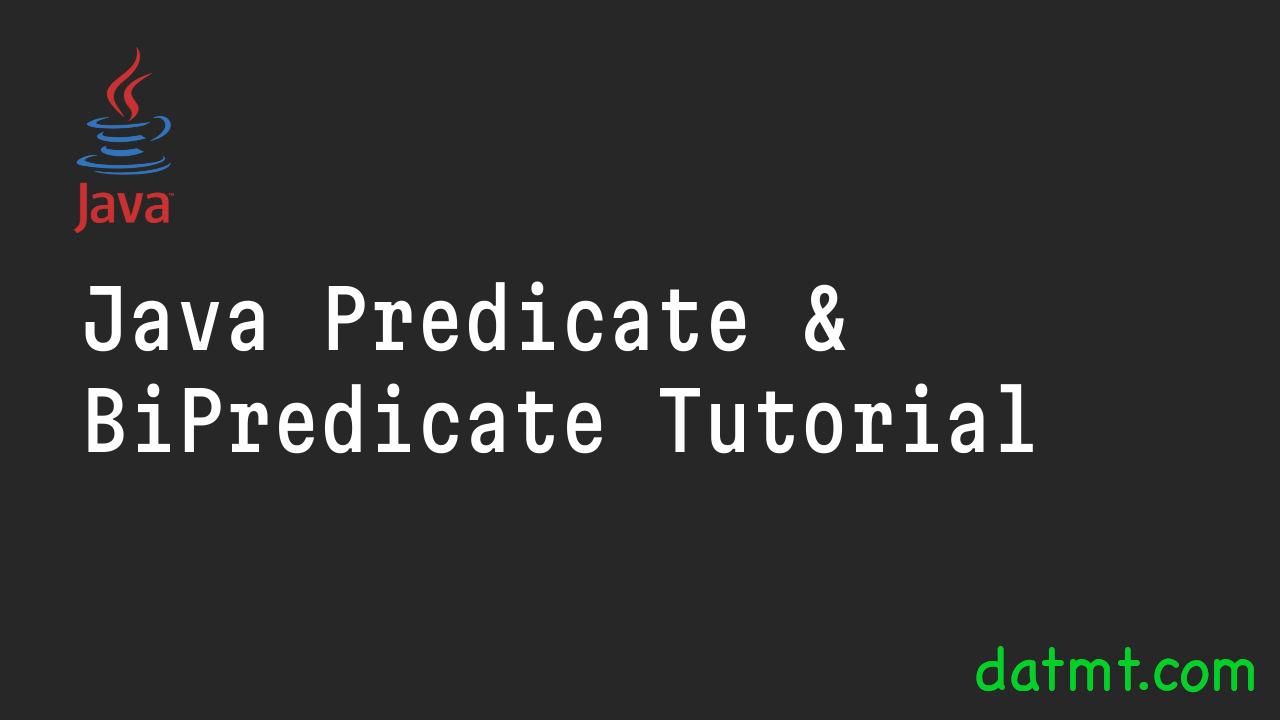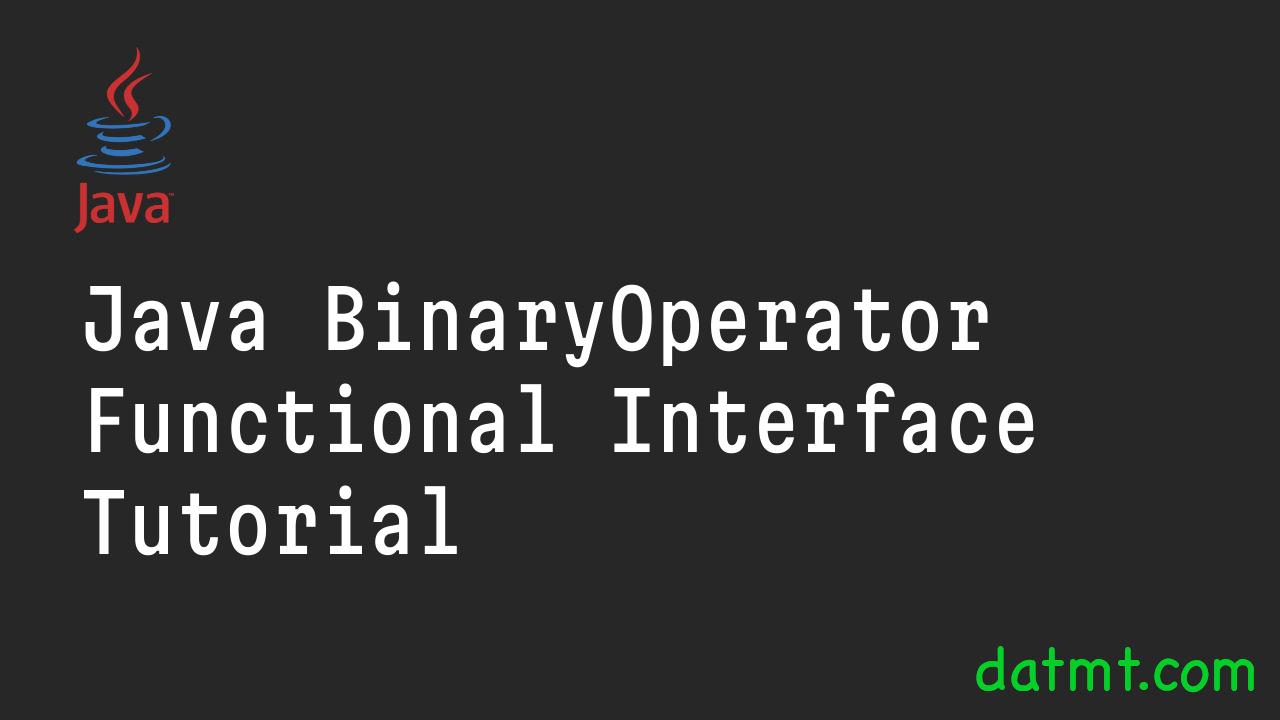Create API to Upload Images To Aws S3
Overview It’s 2023 and nobody is storing files on their server anymore. There are many choices available. For me, I choose AWS S3 since I have it and it’s one of the cheapest available (as far as I know). In this post, we are going to configure a bucket and then write an API to … Read more
